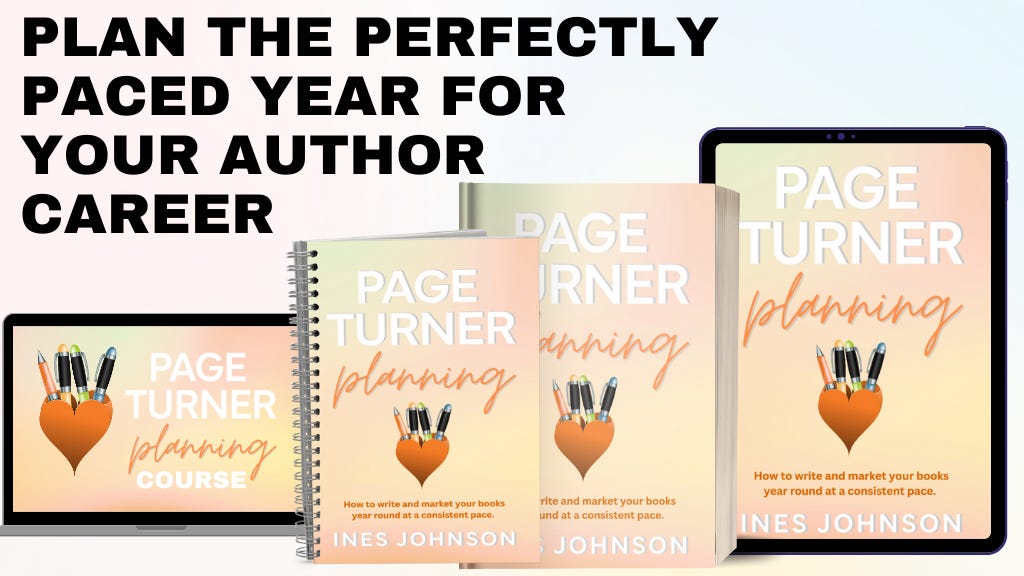Q2 Week 12 CRAFT: Endings

Open Doors to Your Story’s Conclusion
The ending of a book is not just a final chapter or a closing paragraph; it's the culmination of a journey, both for the characters within its pages and for the readers who have traveled alongside them. As authors, the responsibility of crafting an ending that resonates and satisfies is immense. It's the final impression we leave with our readers, the lingering taste of our story, and often, it's what defines a book's legacy.
But what makes an ending truly memorable? Is it the sense of closure, the shock of a cliffhanger, or the promise of more adventures to come? The art of concluding a story is as varied and complex as the narratives we weave. Whether you're wrapping up a sprawling epic, a tender romance, or a fast-paced thriller, the way you choose to end your book can elevate your story, leaving your readers deeply affected and reflective long after they've turned the last page.
Summary: The Intimate Closure
The summary ending offers a sense of closure and completion. It ties up loose ends and answers the questions raised throughout the novel. This type of ending invites readers to emotionally connect with the characters and their journey, providing a clear resolution. It’s most effective in the final act or denouement, where readers can reflect on the entire narrative and find satisfaction in the culmination of the plot and character arcs.
A New Problem: Setting the Stage for More
Introducing a new Goal, Motivation, and Conflict (GMC) at the end of your book can be an intriguing way to conclude. This approach is especially powerful if you’re writing a series or planning a sequel. A new problem or revelation at the end creates drama and tension, leaving readers eager for more. It zooms in on a particular aspect of the story or character, setting up suspense and anticipation for your next book.
Cliffhanger: The Edge of Uncertainty
Cliffhangers are a bold way to end your book -just check the reviews of authors who do it! They leave the plot or characters in a state of unresolved tension and uncertainty. This could be a character in peril, an action halted just before its conclusion, or a dramatic twist that turns everything on its head. Cliffhangers are particularly effective in series, as they compel readers to seek out the next installment for resolution. However, use this technique wisely, as it can leave readers feeling unsettled if not handled carefully.
Weighing Your Options
Each of these endings serves a different purpose and caters to various storytelling styles and genres. The summary ending provides a sense of completeness and satisfaction, ideal for stand-alone novels or the final book in a series. Introducing a new problem at the end keeps readers intrigued about future stories, making it a great choice for series. Cliffhangers, while risky, can be extremely compelling and effective in ensuring your readers come back for more.
The way you choose to end your book can significantly impact your readers' overall experience. It’s the final note in your symphony, the last brushstroke on your canvas. Whether you opt for a conclusive summary, introduce a new problem, or leave your readers hanging on a cliffhanger, ensure that the ending aligns with the tone of your story and satisfies the expectations you’ve set throughout your book.
Did you know that this post comes from a new nonfiction book I’ve written of weekly craft, marketing and business advice. I’ll be launching it on Kickstarter later this summer. Be sure and FOLLOW THE CAMPAIGN to learn more!



